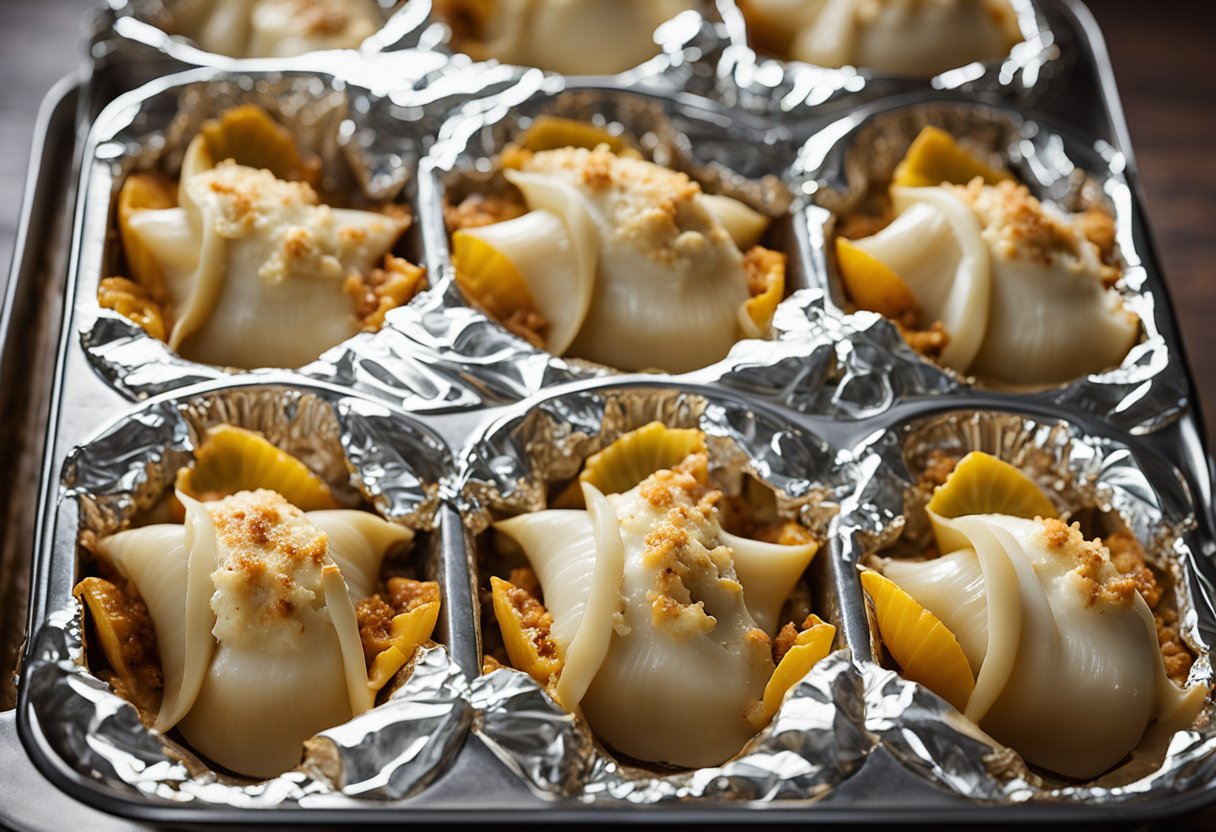Escargot, the french term for “edible snail”, is widely known as a French Delicacy. But, although they may seem to have a monopoly on exotic foods like this now, they were certainly not the first. Humans have been eating snails since at least Roman times, which can be proven by the shells excavated in those areas.
In France, eating snails was originally a poor man’s game, since the commoners were not allowed to hunt in the woods of the more fortunate. Now, depending on the type of snail, escargot can be sold for up to $60 per pound.

Heliciculture – The Farming of Snails
Yes, you read that correctly. There are actual farms dedicated to raising edible land snails for human consumption. Not only for their meat but also their eggs which can be eaten as a type of caviar. The process of heliciculture is a large part of why escargot can be so expensive.
Global Snail Farming
There are several species of snails that are commonly farmed, including African Snails and Little Grey Snails. Other more popular species such as Roman Snails, are not ideal for farming and are typically harvested in the wild. When taken from nature, it’s a much longer process before the wild snails are safe to eat. They must be fed human-safe food, or simply starved for at least a week.
Snail farming is particularly popular in Morocco, Romania, Turkey, and Ukraine. These countries make millions of dollars a year off snail trade, with Morocco leading the chart in 2020 bringing in over 10 million dollars exporting snails to other countries.
France, Spain, and Portugal import the most snails, with France consuming more than 30,000 tonnes of snail meat per year. Unfortunately for American Chefs, it’s illegal to import live snails into the US, and there are only 2 USDA-approved live-snail farms in the nation.
The Nitty Gritty of Snail Farming

Snail farms are not your average farm, and they typically do not need much space at all. The largest snail farms usually only take up about 3,000 square feet, with the smaller ones only needing about 300. The snails live mostly off of greens like lettuce or mint, but can be fed almost anything. It can take anywhere from 6 months to 2 years for a snail to reach maturity and be large enough to eat, so keeping the environment up to par can be challenging.
Between the type of soil, humidity levels, protection from the elements, keeping the pen clean, searching for microscopic eggs, preventing any escapees… snail farmers really have their work cut out for them. Not to mention just keeping the snails happy; after all, a stressed snail is a slimy snail.
Escargot in Restaurants
In countries like France and Portugal where most snails are imported live, they are usually sold to restaurants live as well. They can be kept alive until they are ready to be cooked and served, much like other mollusks and even lobster and crab.
There are certain “purists” who will only work with snails from their own country, and would rather work with native canned or frozen snail meat rather than the live ones imported from out of the country. However, most chefs agree across the board that their dishes are best enjoyed when the meat is fresh.
Keeping the snails alive offers a chance to feed them whatever you want, which can make or break their flavor. The snails themselves have a very mild flavor in general and tend to take on the flavor of whatever sauces they are cooked in.
The most common way to cook the live snails is to remove them from their shell, boil them, dress them and replace them back in the shell with a garlic butter sauce. Depending on the type and size of the snail, they may also just be boiled whole. It’s important to know if the snails have been fed a safe diet, otherwise, the intestines need to be removed for them to be safe to eat.

There are dozens of restaurants in Paris that proudly advertise serving escargot, some of which even have it in the name. L’Escargot is just one of the many, whose signature Escargot Variety dish is €80, roughly $89 US dollars.
Health Benefits From Escargot
While caution must be exercised when eating snails when they are properly handled and prepared there is a slew of health benefits that come along with adding them to your diet.
Snails are high in iron and have almost half of the daily recommended amount in just one serving. They are extremely high in protein – 18 grams in just 4 ounces – and low in fat. 3 ounces of snail meat has roughly 212 milligrams of magnesium, over half of the daily recommendation. It is also rich in Vitamin A and Vitamin E.
Related posts:
Final Thoughts
Escargot is said by snail farmers to be the food of the future. They have a low carbon footprint, are very good for you, and are easy to store. Escargot can be frozen, canned, or freeze-dried. Like anything else, the more educated you are the less strange a topic becomes. Exotic foods wouldn’t be so strange and, well, exotic, if we started seeing them in grocery stores around the world. In a post-pandemic world, it’s truly time to start expanding our horizons.







